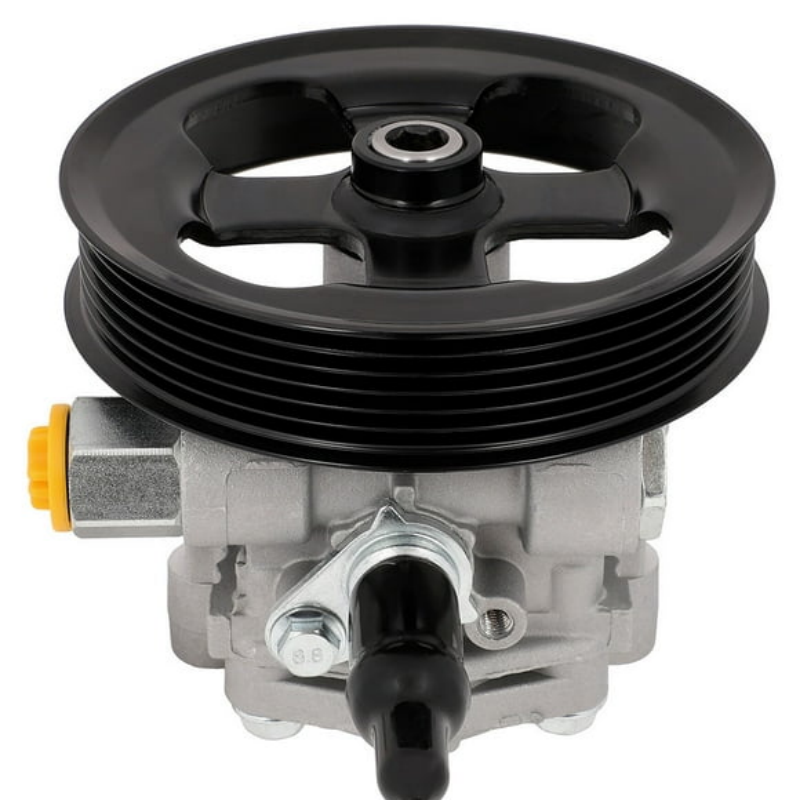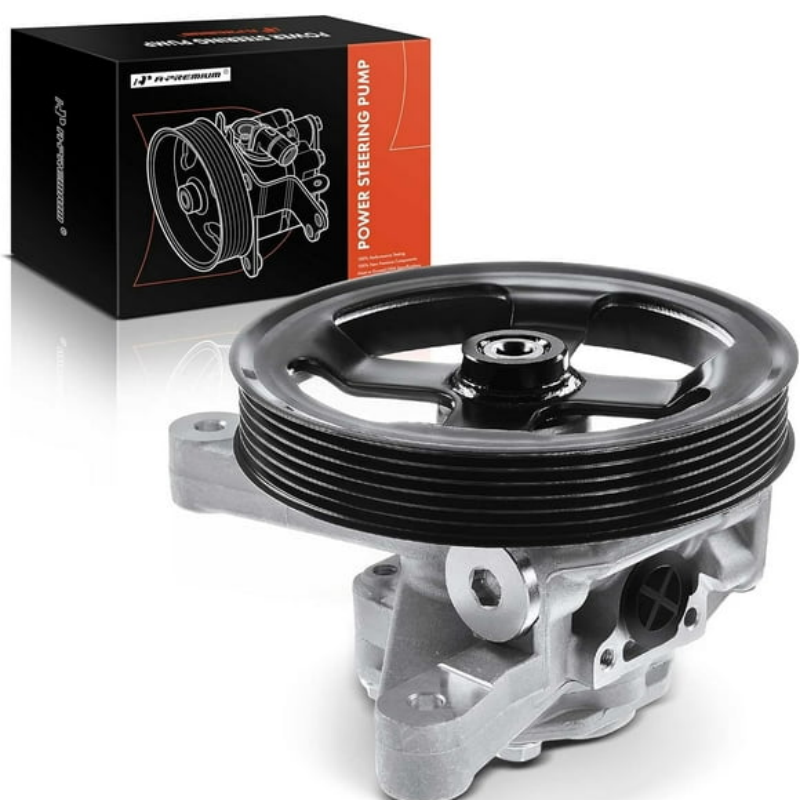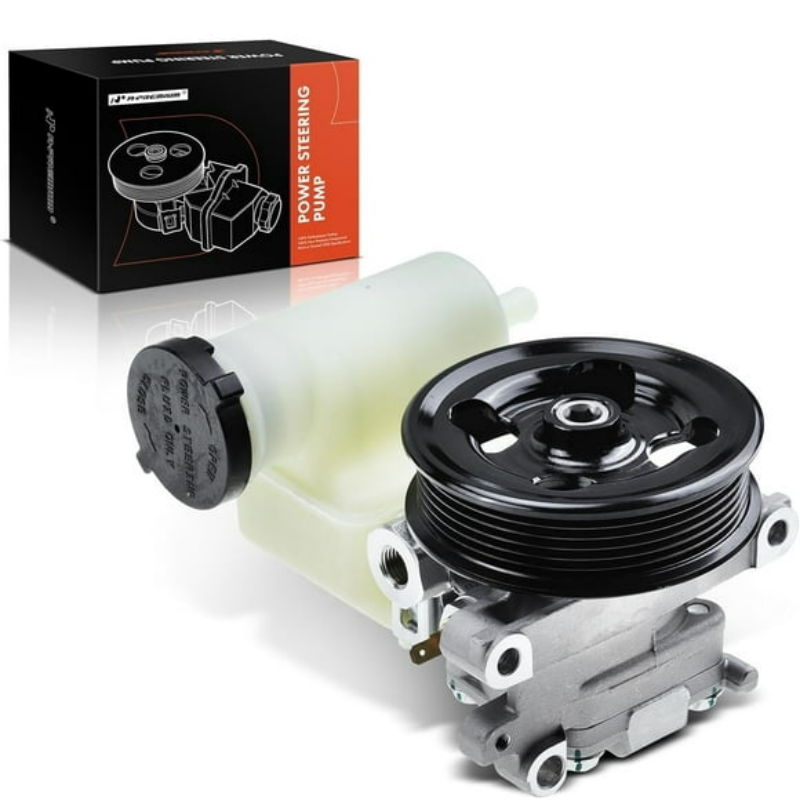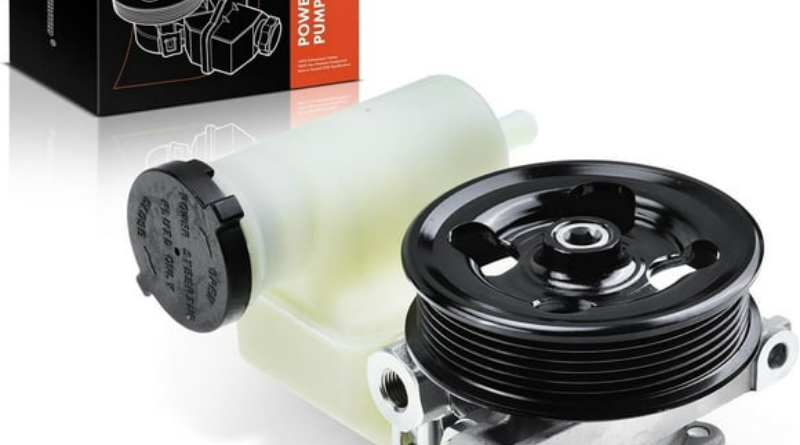What to Do If Experiencing Power Steering Fluid Leaking Fast
Experiencing power steering fluid leaking fast can be a stressful situation for any driver. Power steering plays an essential role in your vehicle’s handling and maneuverability. When your power steering fluid is leaking, it means that the system is no longer able to provide the assistance needed for smooth steering, which can make driving both difficult and unsafe. Recognizing the signs of a power steering fluid leak and taking timely action can prevent further damage to your vehicle and ultimately save you from costly repairs. In this comprehensive guide, we will explore the causes of power steering fluid leaks, how to identify the symptoms, steps to take when you notice a leak, and various repair options available. By knowing how to react when power steering fluid is leaking fast, you can ensure that your vehicle continues to operate safely and efficiently.
Understanding Power Steering and Its Importance
To appreciate the gravity of power steering fluid leaking fast, it’s important to understand the power steering system and its components:
How Power Steering Works
Power steering systems have evolved over the years, with most vehicles now utilizing either hydraulic or electric power steering systems.
- Hydraulic Power Steering: Uses hydraulic fluid, which is pressurized by a pump that is usually belt-driven from the engine. The pressure assists in turning the steering wheel, allowing for easier maneuverability.
- Electric Power Steering: Operates using an electric motor to assist with steering. This system typically requires less maintenance, as it eliminates the need for hydraulic fluid.
Regardless of the type, steering fluid is essential for smooth operation. When this fluid is leaking, it can lead to various performance issues.
Importance of Maintaining Power Steering Fluid Levels
Maintaining the proper level of power steering fluid in your vehicle is critical for these reasons:
- Ease of Steering: When fluid levels are adequate, turning the steering wheel feels effortless. Insufficient fluid makes steering difficult and labor-intensive.
- Preventing Contamination: Regular fluid levels help prevent dirt and debris from entering the system, which can lead to damaging components and hydraulic parts.
- Heating Prevention: The fluid helps disperse heat generated during operation. Low levels can lead to overheating of the power steering pump and other components.
Causes of Power Steering Fluid Leaks
Understanding the causes of power steering fluid leaking fast can help in diagnosing the issue effectively. Here are some common factors that contribute to such leaks:
1. Worn or Damaged Seals
Power steering systems consist of various seals designed to keep the fluid contained. Over time, these seals can wear out, crack, or break due to heat, friction, and age. Worn seals may allow fluid to seep out, leading to a quick drop in fluid levels.
2. Loose or Damaged Hoses
Hoses are critical components of the hydraulic power steering system. They transport fluid from the pump to the steering rack. If hoses become loose, frayed, or damaged, they can cause significant leaks, particularly when the system is under pressure.
3. Faulty Steering Rack
As the heart of the power steering system, the steering rack contains seals that can fail over time. A leaking steering rack will result in a loss of fluid and hinder the ability to turn the steering wheel effectively.
4. Pump Issues
The power steering pump generates the necessary hydraulic pressure for steering assistance. If the pump itself is damaged, either from wear or external factors, it may leak fluid. An oil stain under the vehicle may indicate issues related to the pump.
5. Corrosion
Corrosion can affect metal components like hoses and the steering rack, leading to small leaks that can exacerbate over time. Typically occurs in areas exposed to moisture, road salt, or other harsh conditions.
6. Overfilling the Reservoir
Though it may seem counterintuitive, overfilling the power steering fluid reservoir can also lead to leaks. Excess fluid can create pressure that forces fluid out of seals and hoses.
7. Improper Installation
If any components were replaced, improper installation could result in leaks. Therefore, paying attention to professional installation and ensuring all hoses and connections are secure is vital.
Symptoms of Power Steering Fluid Leaking Fast
Recognizing the symptoms of power steering fluid leaks is essential for taking prompt action. By being aware of these signs, you’ll be able to address any problems before they worsen.
1. Difficulty Steering
One of the most noticeable symptoms is difficulty turning the steering wheel. You may notice that the wheel feels heavier than usual, impacting your ability to maneuver easily.
2. Squeaking or Whining Noises
Unusual noises while steering, such as squeaking, whining, or groaning, often indicate low fluid levels. The power steering pump may be struggling to function effectively due to insufficient fluid.
3. Fluid Puddles
If you notice a puddle of reddish or brownish fluid under your vehicle, it is a clear indication of a power steering fluid leak. Check the fluid level frequently to assess how fast it’s leaking.
4. Dashboard Warning Light
Some vehicles come equipped with sensors that detect low power steering fluid levels. If the warning light illuminates on your dashboard, it’s time to investigate further.
5. Increased Steering Effort
If you find yourself exerting more effort than usual while driving, this could be a sign of low fluid levels or other issues within the power steering system.
6. Smell of Burning Oil
If the power steering fluid is low, the pump may start to work harder, leading to overheating. This overheating could create a burning smell, alerting you to potential issues.
Steps to Take When Experiencing a Leak
If you discover that power steering fluid is leaking fast, it’s essential to take immediate action. Here are the steps you should follow:
1. Assess the Situation
Start by examining the puddle of fluid under your vehicle. Inspect its color and consistency. Power steering fluid is typically reddish or brown, distinct from engine oil or transmission fluid.
2. Check Fluid Levels
Open the hood and locate the power steering fluid reservoir. Use the dipstick or gauge (if applicable) to check the fluid levels. If it’s below the minimum mark, top off with the appropriate fluid.
3. Look for Obvious Signs of Damage
Inspect hoses and connections for visible damage, such as cracks or loose fittings. Pay special attention to the steering rack and pump, as issues often arise in these areas.
4. Drive Gently to a Safe Location
If you must drive the vehicle, do so gently and avoid sharp turns. Limiting strain on the power steering system can prevent further damage while you find a safe place to assess further.
5. Seek Professional Help
If you cannot identify the source of the leak or if the problem persists, it is crucial to seek professional assistance. A qualified mechanic will help diagnose and fix the underlying issues effectively. Ignoring the problem can lead to more severe damage or even complete power steering failure.
Repair Options for Power Steering Fluid Leaks
When dealing with power steering fluid leaking fast, there are various repair options available depending on the severity of the issue.
1. Tightening Hose Fittings
If loose fittings are identified, tightening them can often resolve minor leaks. Inspect each hose connection and tighten as necessary. Make sure not to overtighten, as this can cause damage.
2. Replacing Hoses
For damaged or worn hoses, replacement is necessary. This involves removing the old hose and replacing it with a new one. Ensure that you use high-quality replacement hoses that meet manufacturer specifications.
3. Sealing Leaks
If leaks are found at the steering rack or pump seals, using a commercial sealing product may be viable for short-term relief. However, this is usually a temporary solution and may not last long.
4. Replacing the Power Steering Pump
In cases where the pump is leaking or otherwise malfunctioning, it may need to be replaced. This process typically involves disconnecting the pump, draining fluid, and installing a new part.
5. Addressing the Steering Rack
If the steering rack itself is compromised and leaking fluid, professional repair or replacement is often the best course of action. Steering rack replacement can be complex, requiring specialized skills and tools.
6. Professional Flush and Fill
In situations where fluid contamination has occurred, having a professional perform a complete power steering flush and fill might be necessary. This service ensures clean fluid circulates within the system.
Preventive Measures to Avoid Power Steering Fluid Leaks
Taking steps to prevent power steering fluid leaking fast is crucial for maintaining your vehicle’s reliability and efficiency. Here are some preventive measures:
1. Regular Maintenance Checks
Incorporating regular maintenance checks for your vehicle can help identify issues early. During routine service, ask your mechanic to inspect the power steering system.
2. Monitor Fluid Levels
Periodically check your power steering fluid levels, particularly before long trips or after noticing steering issues. Maintaining the correct fluid levels helps prevent excessive strain on the system.
3. Use Quality Parts
When replacing hoses, seals, or the pump, always choose high-quality parts. Cheap alternatives may lead to reduced performance and potential leaks over time.
4. Avoid Overfilling
Ensure that the power steering fluid is filled to the recommended level in the reservoir. Overfilling can lead to fluid leaks and increased pressure on the system.
5. Protect Against Corrosion
If your vehicle operates in harsh conditions (such as exposure to road salt), consider applying a corrosion inhibitor or sealant to protect metal components from wear.
6. Drive Gently
Avoid aggressive steering maneuvers and sudden turns when possible. This practice reduces unnecessary stress on the steering components and can extend the lifespan of your power steering system.
Conclusion
In conclusion, experiencing power steering fluid leaking fast should be addressed promptly to maintain safe driving conditions and avoid costly repairs. Understanding the causes, symptoms, and repair options available is essential for any vehicle owner. By staying informed and performing regular maintenance checks, you can prevent leaks and ensure your vehicle operates smoothly.
Implementing preventive measures and being proactive when it comes to your power steering system will help extend the lifespan of your car’s components. Remember, regular checks of fluid levels, timely repairs, and choosing high-quality products can all contribute to the overall health of your vehicle. By taking the time to understand and address any issues with your power steering system, you’re investing in a safer and more reliable driving experience.
